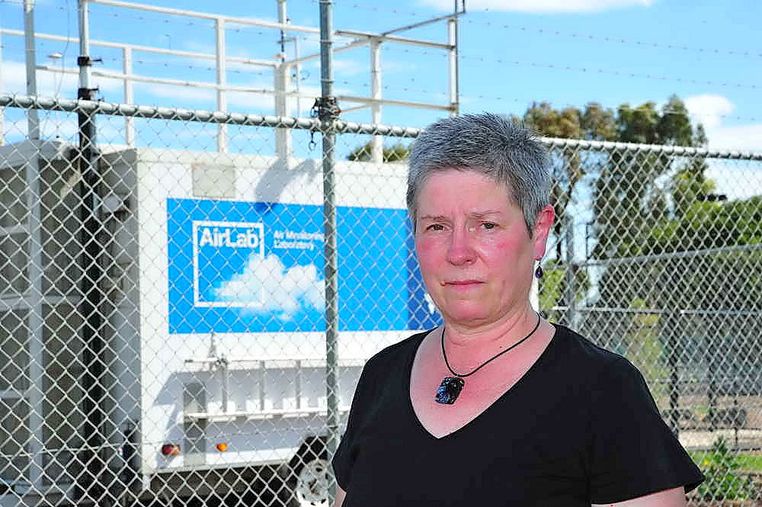By Goya Dmytryshchak
A woman living near the Brooklyn industrial precinct has chronicled a week in the life of residents suffering dust and odour pollution on a sometimes daily basis.
Carmen Largaiolli, a local government worker and member of the Brooklyn Community Representative Group, said efforts to improve air quality appeared to have regressed.
“We’ve been fighting a long time and we’ve just got to a point where we’re at our wits end as residents,” she said.
“Even though they’ve sealed Bunting and Jones roads, there’s still a lot of high readings [of poor air quality].”
A 2011 Environment Protection Authority study found that unsealed roads, particularly Bunting and Jones roads, had caused between 50 per cent and 83 per cent of dust.
Ms Largaiolli recently wrote to the EPA to describe a typical day for residents in Brooklyn.
“Most days are really odorous – pungent landfill and abattoir smells sometimes combined with the smell of rendering works,” she wrote. “Other times it smells like dry cleaning fluid.”
Sometimes when she opens a window the smell of “animal carcass cooking” seeps in.
“We’ve had an ongoing issue with Australian Tallow Producers,” Ms Largaiolli said of the company fined $200,000 in 2015 for air pollution offences.
“They keep getting second chances and breathing space to make corrections, but in my mind they should be out.”
She said residents were worried they would be further exposed to fine particle pollution from the West Gate Tunnel project, a fear echoed by the Don’t Destroy Millers Road lobby group.
“Brooklyn’s air quality is borderline Third World at times,” said spokesman and Brooklyn resident Chris Dunlevy.
“The science is in on what the high levels of exposure to dust and diesel are doing to us, and the response from the powers that be is painfully slow and inadequate.
“Clearing of all the vegetation along the West Gate Freeway and the large increase in traffic have made a dire situation even worse. ”
Related: EPA on the hunt for polluters








